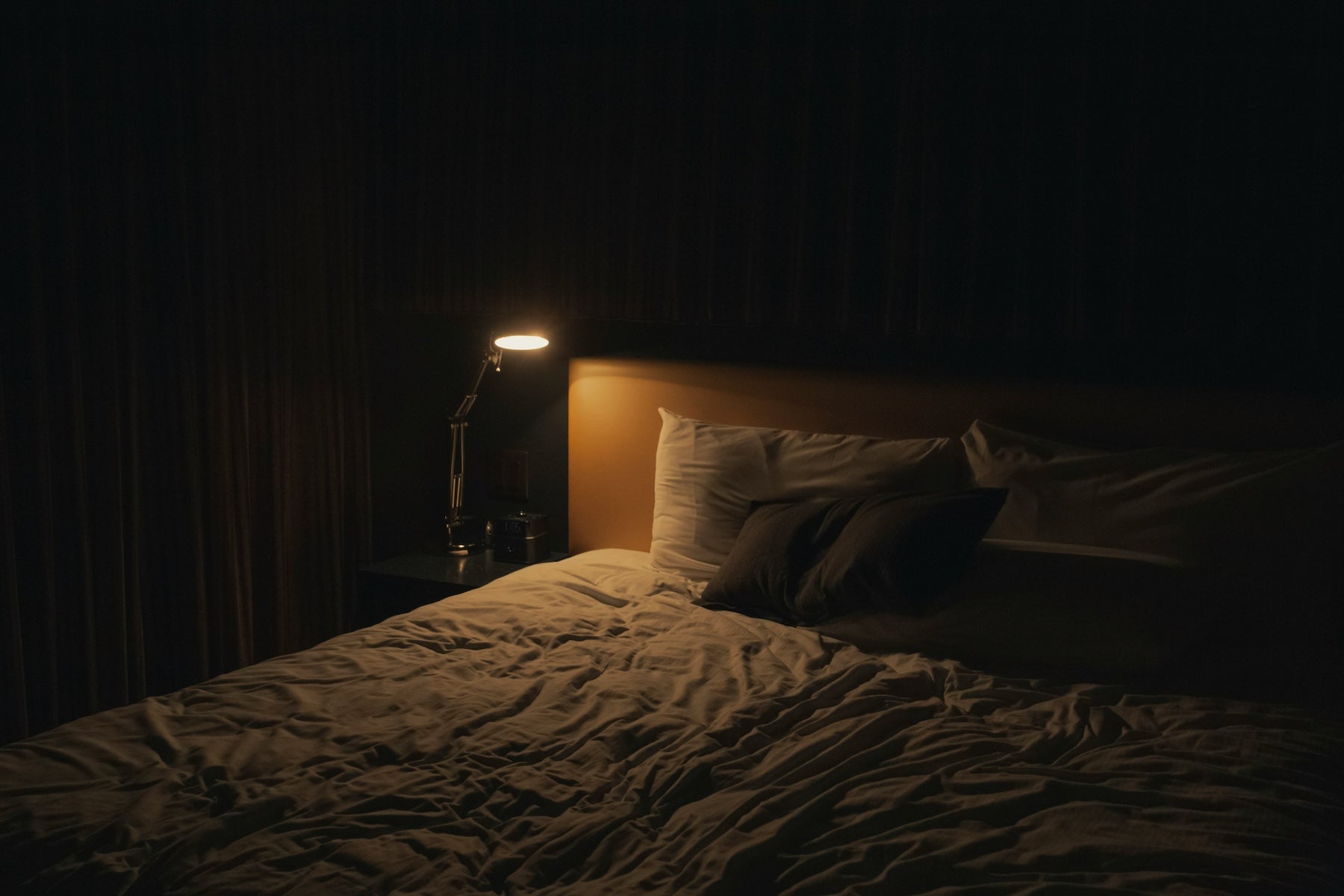
The First Wake Induced Lucid Dream Method: Wake Back To Bed (WBTB)
The Wake Induced Lucid Dream (WILD) technique marks a significant strategy in the exploration of lucid dreams, standing as the second most utilized category within the many lucid dreaming methods available.
Unlike the Dream Induced Lucid Dream (DILD), WILD encompasses a variety of approaches, each designed to transition you from wakefulness directly into a lucid dream.
Among these, the Wake Back To Bed (WBTB) method shines for its simplicity and effectiveness.
Note: If you haven't yet, be sure to start your lucid dreaming journey at the beginning with our first article here: What Is Lucid Dreaming? The Definitive Guide To Learning How To Lucid Dream
Embracing the WBTB Method
To embark on a WBTB attempt, begin by setting your sails for a typical night's sleep.
However, the twist comes with setting an alarm to gently nudge you awake about 5-6 hours later, aligning with the phase of sleep enriched by longer REM cycles.
Upon waking, get out of bed, or at least make sure that you are fully awake. You’ll want to remain fully awake for 20-30 minutes.
Maximizing Your Wakefulness
What should you do during this crucial awake period?
We recommend a visit to the IRLA Community Forums, where you can dive into discussions with other users about lucid dreaming. This not only keeps your brain primed on the topic but significantly enhances the likelihood of a lucid dream as you return to sleep.
Of course, you can fill this time with anything you choose, but focusing your attention on the concept of lucid dreaming will be more beneficial than simply scrolling through Instagram or TikTok.
After your brief interlude in the waking world, ease back into bed with the intention of slipping into a lucid dream.
The key here is to maintain a relaxed state, avoiding too much alertness. Make sure that you’re relaxed and not overly alert, and allow yourself to fall back to sleep.
While you’re drifting to sleep, focus your attention on your goal: to have a lucid dream. Visualizing your dream scenario and environment during this time will also increase the likelihood of finding yourself placed directly into the dream when you fall asleep.
Exploring Further into WILD Techniques
WBTB is just the beginning in terms of WILD techniques.
For those curious about delving deeper into the world of WILD and uncovering more techniques, such as the Dream Exit Induced Lucid Dream (DEILD) method, the journey continues below.
Each method offers unique insights and opportunities for achieving lucidity each night.
A Call to Dreamers: Elevate Your Nightly Adventures with IRLA
Fascinated by the stages of sleep and dreaming? Take your lucid dreaming challenge up a notch with IRLA. This mobile app is your companion in the quest to conquer your dreams , allowing you to track your progress, master dream recall, and join a community of fellow dream warriors. With IRLA, your quest to achieve lucid dream goals becomes a gamified journey of discovery and achievement.
Download IRLA now and transform your understanding of sleep stages into a nightly adventure. Whether you’re a novice dreamer or an aspiring lucid dreamer, IRLA is your gateway to a world of nocturnal wonders.









